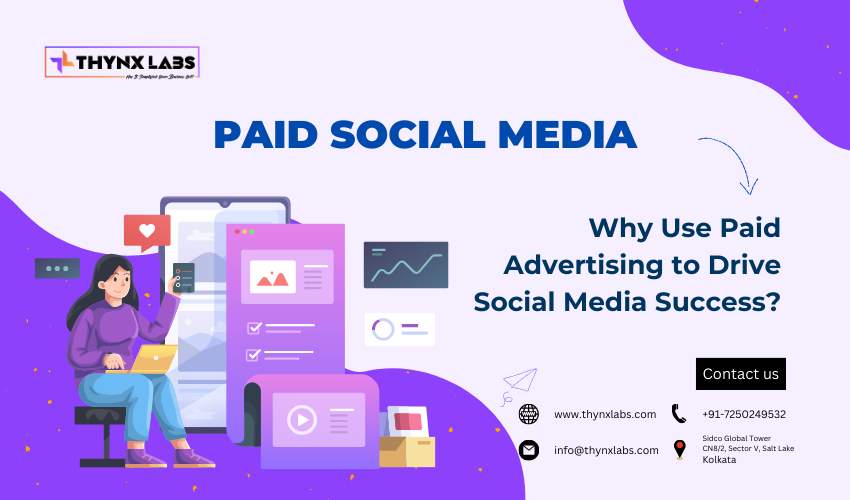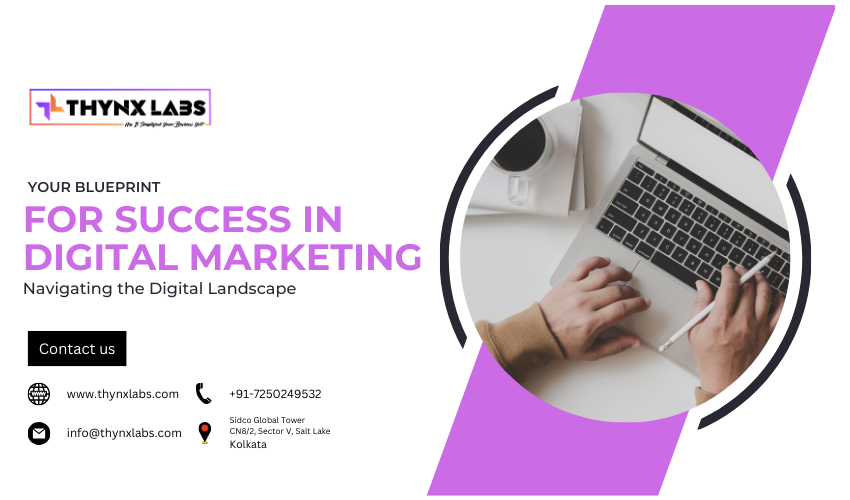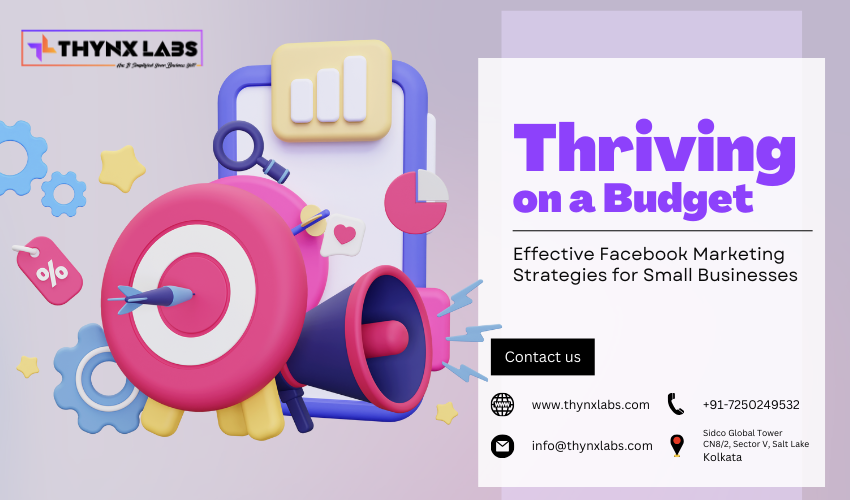What is the Difference Between Organic and Paid Marketing?
In the digital marketing landscape, businesses often leverage both organic and paid marketing strategies to enhance their online presence, attract customers, and drive sales. Understanding the differences between these two approaches is essential for creating a balanced and effective marketing strategy. This guide explores the key differences between organic and paid marketing, highlighting their unique benefits and applications.
Understanding Organic Marketing
Organic marketing refers to the strategies and efforts that naturally drive traffic to your website over time without directly paying for placement. This approach focuses on creating valuable content and building relationships to attract and engage your target audience. Common organic marketing tactics include:
- Search Engine Optimization (SEO): Optimizing your website and content to rank higher in search engine results pages (SERPs) for relevant keywords.
- Content Marketing: Creating and distributing high-quality content, such as blog posts, articles, videos, and infographics, to attract and engage your audience.
- Social Media Marketing: Building and nurturing a community on social media platforms through regular posts, interactions, and engagement with followers.
- Email Marketing: Sending targeted and personalized emails to your subscribers to nurture leads and maintain customer relationships.
Understanding Paid Marketing
Paid marketing, on the other hand, involves paying for advertising placements to quickly reach a wider audience and drive immediate traffic to your website. This approach includes various types of paid advertisements, such as:
- Pay-Per-Click (PPC) Advertising: Running ads on search engines like Google Ads, where you pay each time someone clicks on your ad.
- Social Media Advertising: Promoting your content or products through paid ads on social media platforms like Facebook, Instagram, LinkedIn, and Twitter.
- Display Advertising: Placing banner ads on websites, blogs, or other online platforms to increase brand visibility and drive traffic.
- Influencer Marketing: Collaborating with influencers to promote your products or services to their audience for a fee.
Key Differences Between Organic and Paid Marketing
- Cost
- Organic Marketing: Generally involves lower upfront costs but requires a significant investment of time and effort to create and distribute content. The results can take longer to materialize but are often more sustainable in the long term.
- Paid Marketing: Involves direct financial investment for immediate results. Costs can vary based on the advertising platform, competition, and targeting options. The results are quick but may diminish once the ad spend stops.
- Timeframe for Results
- Organic Marketing: Takes time to build momentum and achieve results. SEO, content marketing, and social media efforts require consistent effort and patience. The benefits, however, can be long-lasting.
- Paid Marketing: Delivers immediate results. Ads can generate traffic and conversions quickly, making it ideal for short-term campaigns and promotions.
- Sustainability
- Organic Marketing: Offers more sustainable results. High-quality content and strong SEO can continue to drive traffic and generate leads long after the initial effort.
- Paid Marketing: Provides temporary results. The traffic and conversions generated by paid ads typically decline once the ad spend stops, requiring continuous investment to maintain momentum.
- Trust and Credibility
- Organic Marketing: Often perceived as more trustworthy and credible by users. High-ranking organic search results and valuable content can establish your brand as an authority in your industry.
- Paid Marketing: Can sometimes be viewed with skepticism by users, especially if the ads are overly aggressive or irrelevant. However, well-targeted and relevant ads can still build trust and credibility.
- Targeting and Reach
- Organic Marketing: Relies on organic reach and engagement. While it can effectively target and attract a relevant audience, it may have limitations in reaching a broader audience quickly.
- Paid Marketing: Offers advanced targeting options, allowing you to reach specific demographics, interests, and behaviors. Paid ads can quickly extend your reach and attract a larger audience.
Integrating Organic and Paid Marketing
To maximize your marketing efforts, consider integrating both organic and paid strategies. Here’s how:
- Boost Organic Content with Paid Ads: Use paid ads to promote your high-performing organic content, increasing its visibility and reach.
- Use Paid Ads for Immediate Impact: Launch paid campaigns to generate quick traffic and conversions while your organic efforts build momentum.
- Leverage Data from Paid Campaigns: Analyze data from paid campaigns to inform and refine your organic marketing strategies.
- Create Consistent Messaging: Ensure that your organic and paid marketing efforts align in terms of messaging, branding, and goals for a cohesive strategy.
Conclusion
Understanding the differences between organic and paid marketing is crucial for developing a balanced and effective digital marketing strategy. While organic marketing offers long-term sustainability and credibility, paid marketing delivers immediate results and broad reach. By integrating both approaches, businesses can leverage the strengths of each to achieve their marketing goals and drive growth.


